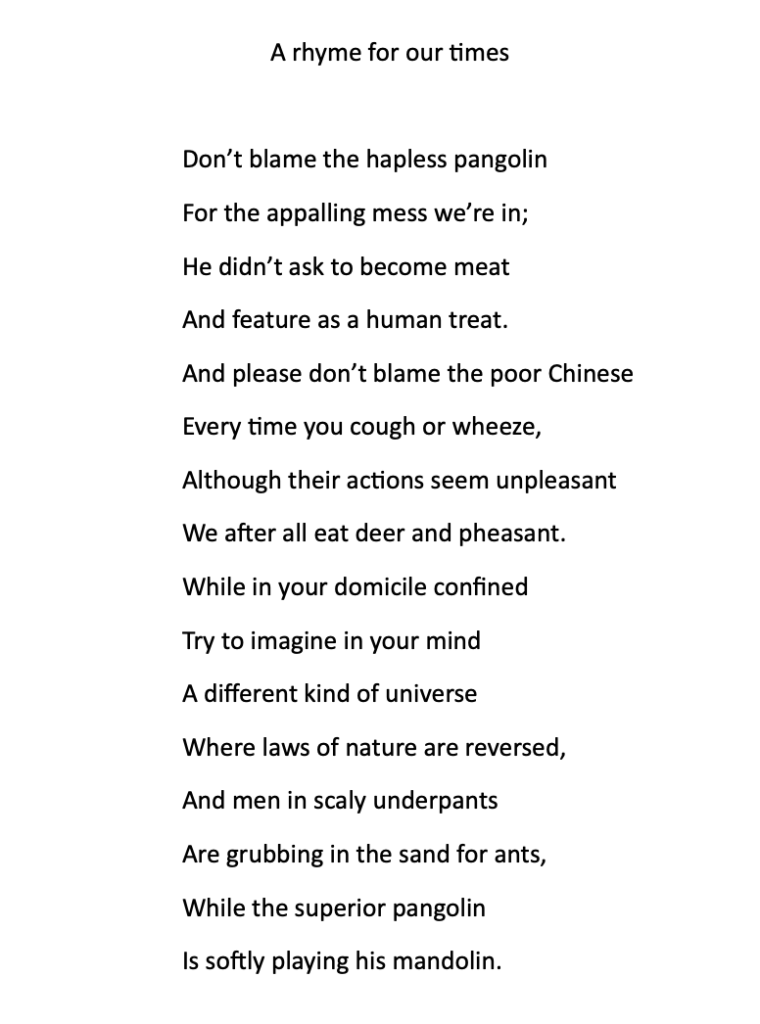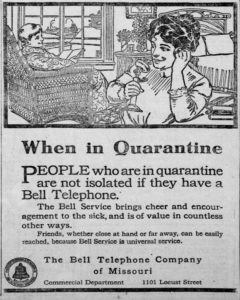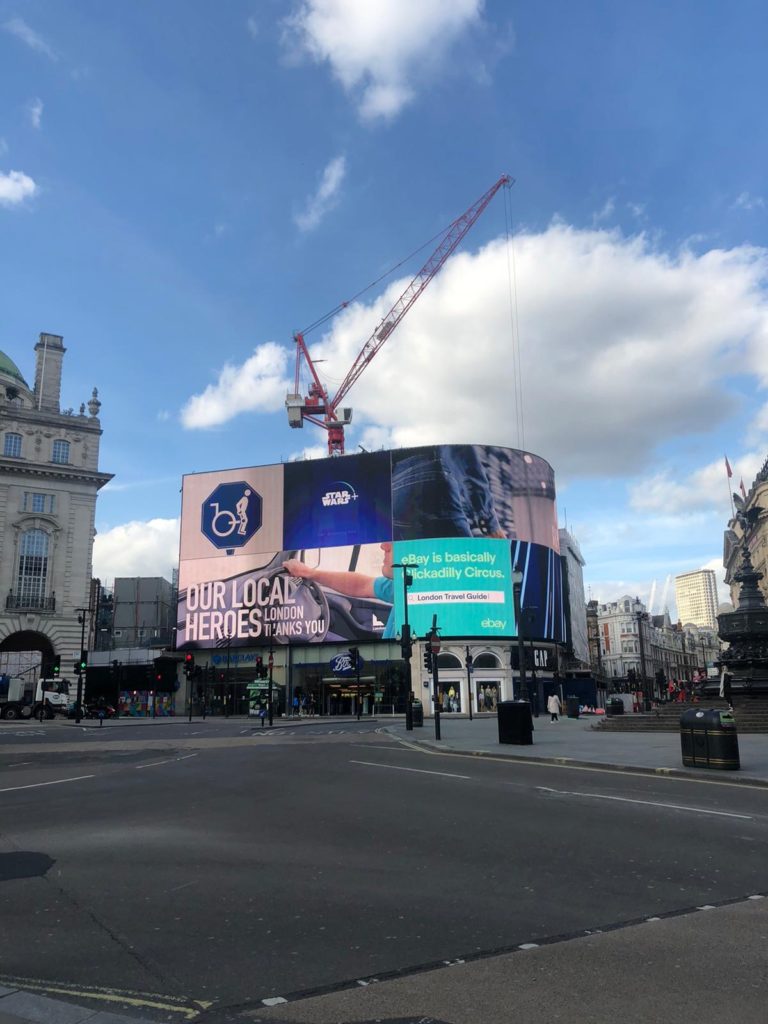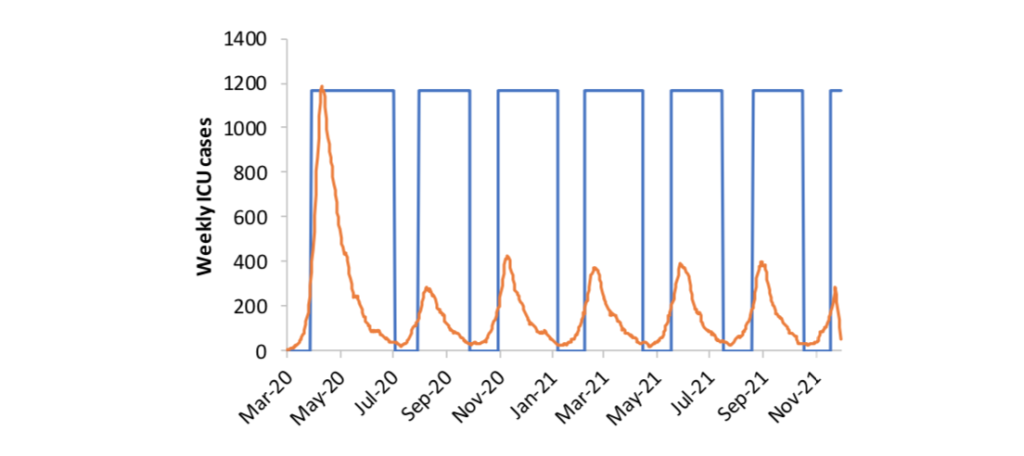Quote of the Day
So, the way we’re dealing with the new coronavirus is the way computer newbies deal with computer viruses. I know because I have supported a virus neophyte, my mom. The current US govt is behaving pretty much the way she would. She didn’t want to learn the rules, and she wanted to pretend it was okay, get back to business as usual (checking her email, writing a blog post). All the while she’s got something watching and recording her every move and looking for a chance to infect some other computer.
How Trump plays the US media
Jack Shafer sees through it:
While the admission makes Trump look as scientifically minded as an unsegmented worm—hydroxychloroquine has not been shown to be safe or effective in the treatment or prevention of Covid-19—the attention generated was worth it, like swapping a pawn for a bishop. The hydroxychloroquine confession didn’t displace the IG story from the news, but it wasn’t expected to. Both the New York Times and Washington Post made Trump’s dreams come true by putting the story on Page One of their Tuesday editions (Times: “President Says He Takes Drug Deemed a Risk”; Post: “Trump Says He’s Taking Unproven Medication”) and after being featured on Monday cable news the talking heads were still gabbing about it on Tuesday afternoon as he hyped the drug anew during a press spray. Monday evening, the White House added some frosting to the hydroxychloroquine cake by releasing a note from the president’s physician that went on and on about the drug but didn’t actually claim that he had prescribed it to Trump or that Trump was even taking it. There would be fewer questions about Trump and hydroxychloroquine if the White House had released no note at all.
Trump’s disclosure on Monday about taking hydroxychloroquine was a decoy move, designed to deflect public—and press—attention from his firing of the State Department inspector general, which broke over the weekend. And it worked.
In manipulating US media, Trump is a genius — an evil one, sure, but very good at what he does.
Botch on the Rhine
Wonderful NYRB review by Max Hastings of Anthony Beevor’s history of the Arnhem fiasco in 1944. Some parts of Beevor’s account bring Colonel Johnson (Lt Brigade, rtd.) to mind.
The operation to capture the Rhine bridge was a fiasco. So, asks Hastings, how did it come about?
It was chiefly a consequence of hubris—a belief that, after the Allies’ dramatic August breakout from Normandy, Hitler’s armies were on the ropes. Britain’s commander-in-chief, the newly promoted field marshal Sir Bernard Montgomery, stood by a dusty French roadside urging an armored column roaring past: “On to the kill!” This was not merely theater for the benefit of such listening war correspondents as my father: Monty really believed it. Thus he made one of the most grievous strategic errors of the northwest Europe campaign, declining to hasten troops to clear the approaches to the Scheldt River, without which the newly captured port of Antwerp was useless, as Admiral Sir Bertram Ramsay warned him. Instead, he launched the most reckless thrust of his career, seeking to seize the bridge over the lower Rhine at Arnhem.
The principal objective of that thrust, known as Operation Market Garden, was to force the hand not of Hitler, but of Allied Supreme Commander Dwight Eisenhower. If the British secured a corridor beyond the Rhine, Ike would be obliged to support a drive from the north led by Montgomery into Germany: the cocky little bishop’s son saw before him the prospect of passing into history as the composer and conductor of Western Allied victory.
Outside the paywall and worth a read. And Anthony Beevor is clearly a great historian.
The Trouble with comparisons
Fabulous essay by Samuel Moyn on the way historical analogies and comparisons may blind us to actuality. Case study: our analyses of Trump.
For those doubtful about the fascism analogy for Trumpism—and I count myself as one of them—the point is to appreciate both continuity and novelty better than the comparison allows. Abnormalizing Trump disguises that he is quintessentially American, the expression of enduring and indigenous syndromes. A response to what he represents hardly requires a restoration of “normalcy” but a questioning of the status quo ante Trump that produced him. Comparison to Nazism and fascism imminently threatening to topple democracy distracts us from how we made Trump over decades, and implies that the coexistence of our democracy with long histories of killing, subjugation, and terror—including its most recent, if somewhat sanitized, forms of mass incarceration and rising inequality at home, and its tenuous empire and regular war-making abroad—was somehow less worth the alarm and opprobrium. Selective outrage after 2016 says more about the outraged than the outrageous.
It is no contradiction to add to this qualm that comparing our current situation in America to fascism also spares ourselves the trouble of analyzing what is really new about it. For all its other virtues, comparison in general does not do well with the novelty that Trump certainly represents, for all of his preconditions and sources. It is true that in the face of novelty, analogy with possible historical avatars is indispensable, to abate confusion and to seek orientation. But there is no doubt that it often compounds the confusion as the ghosts of the past are allowed to walk again in a landscape that has changed profoundly. Comparison is always a risky tool; it leads to blindness, not just insight.
Terrific essay.
The Coronavirus diaries of Samuel Pepys
Nice spoof, if the few fragmentary entries are anything to go by. Here’s the entry for March 9th:
Up betimes and by tube to Westminster, and there busy with several business all morning, for our firm intends a splendid show at the conference in the middle of this month. Then comes the intern to my office like a doting fool, and proves himself an ass talking excitedly of this plague come late out of China, which, he says, is now in Italy. Of which, my wife and I having had no Wi-Fi this last month, I know nothing, only to see how vexed this blockhead intern was did almost make me fearful myself. Yet I remembered talking with my Lord and Lady touching this matter, and him very skeptical, and my lady said to me, ‘What, Mr Pepys – shall’t die of a hiccough at the last?’ And at this jest we were all very merry. Thence home to sing with my wife in the garden, but with much trouble, for it was bitterly cold. And so to bed, our iPhones left downstairs as is now our custom.
Scientists (epidemiologists) and spooks are not all that different: they all just want to know everything
Interesting post from 2006 by the sociologist Kieran Healey, which sheds light on the current debates about contact-tracing apps, health data and privacy.
Scientists and spies are not so different. The intelligence community’s drive to find the truth, to uncover the real structure of things, is similar to what motivates natural or social scientists. For that reason, I can easily understand why the people at the NSA would have been drawn to build a database like the one they have assembled. The little megalomaniac that lives inside any data-collecting scientist (“More detail! More variables! More coverage!”) thrills at the thought of what you could do with a database like that. Think of the possibilities! What’s frightening is that the NSA is much less constrained than the rest of us by money, or resources, or—it seems—the law. To them, Borges’ map must seem less like a daydream and more like a design challenge. In Kossinets and Watts’ study, the population of just one university generated more than 14 million emails. That gives you a sense of how enormous the NSA’s database of call records must be. In the social sciences, Institutional Review Boards set rules about what you can do to people when you’re researching them. Social scientists often grumble about IRBs and their stupid regulations, but they exist for a good reason. To be blunt, scientists are happy to do just about anything in the pursuit of better knowledge, unless there are rules that say otherwise. The same is true of the government, and the people it employs to spy on our behalf. They only want to find things out, too. But just as in science, that’s not the only value that matters.
Quarantine diary — Day 60
ERRATA Thanks to the many readers who wrote tactfully to point out that my attribution of the lyrics “Don’t it always seem to go and you don’t know what you’ve got til it’s gone.” to Kate Bush was wrong. The credit should go to Joni MItchell.
The one thing that always amazes me is the depth of my ignorance. Which is why I love the response Dr Johnson made to the lady who asked him to explain how he had come wrongly to define “pastern” as “the knee of a horse” in his Dictionary. “Ignorance, Madam”, he replied. “Pure ignorance”.
This blog is also available as a daily email. If you think this might suit you better, why not subscribe? One email a day, delivered to your inbox at 7am UK time. It’s free, and there’s a one-click unsubscribe if your decide that your inbox is full enough already!







